The Arabic SEO Agency
Rank Faster.
Sell More.
With Native Arabic SEO Pros.
Rank in Google Arabic working with native Arabic speakers with proven results since 2012. You want Arab clients, customers, and patients to find you in search engines. We’ve helped clients rank for hundreds of thousands of keywords.
Rank Higher on Google in Arabic & Attract Arabs Customers
Reach wealthy Arab customers in the Gulf when they search for what you offer in Google Arabic
Since 2012 IstiZada has been hyperfocused on making Arabic websites rank well in Google. Let us help your website rank for your top keywords in Arabic & start enjoying more Arab clients than every before.

Some of our Clients




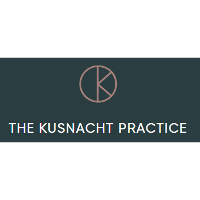
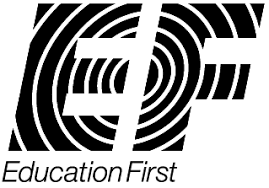
IstiZada Arabic SEO Services deliver
Full team of Arab SEO experts working for you
Unlike other agencies that only think about Arabic as an afterthought, we are a Arabic-focused agency. 85% of our team are native Arabic speakers. Every week, multiple Arabic-speaking SEO experts will focus on how to get you better results.
More Arabic rankings faster
Google Arabic is less competitive than Google in other languages which means its common for our clients to see top rankings for both their most valuable keywords and longer keyword variations. This means some clients see Arabic become their top performing traffic source.
Time & Money Savings
Since you have a team of Arab SEO experts working for you, your website gets results faster. By focusing on the highest impact SEO changes first and keywords that are likely to produce leads and sales, you see an ROI on your Arabic SEO quicker.
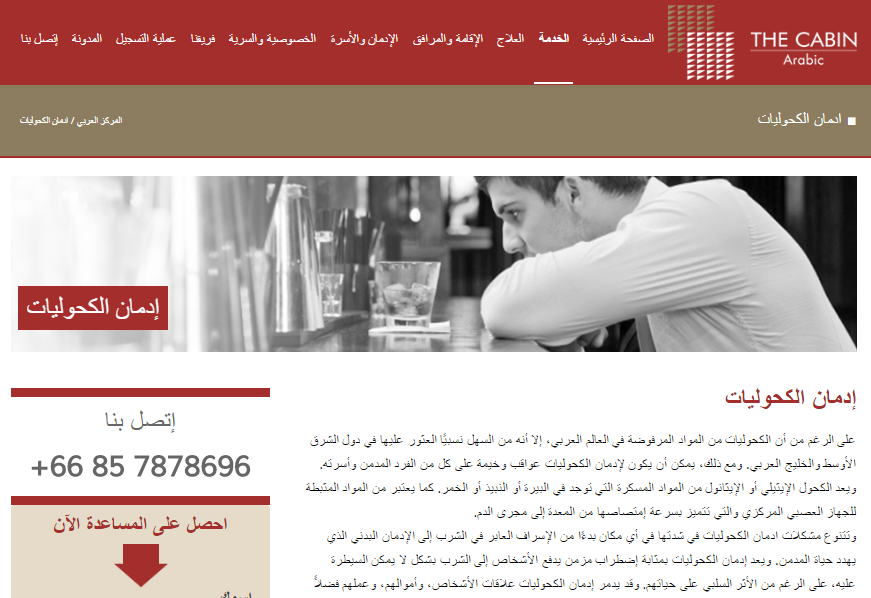
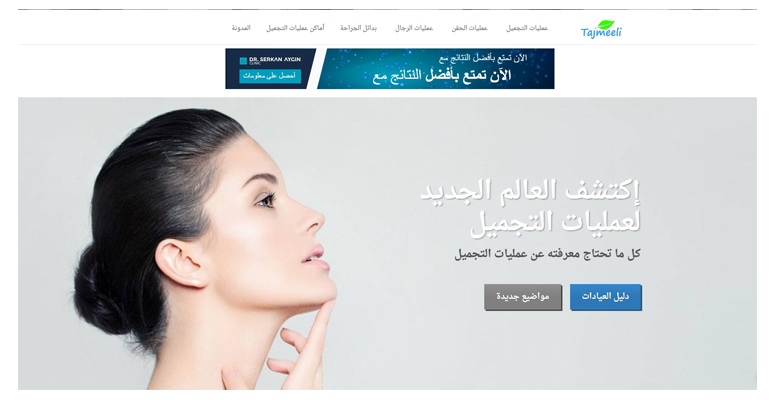
Grew Tajmeeli.com from a completely new website to more than 2.5 million users in a month, all from Arabic SEO. The rapid growth and dominant position led to the strategic sale of the website to one of the largest cosmetic procedures websites in the world.
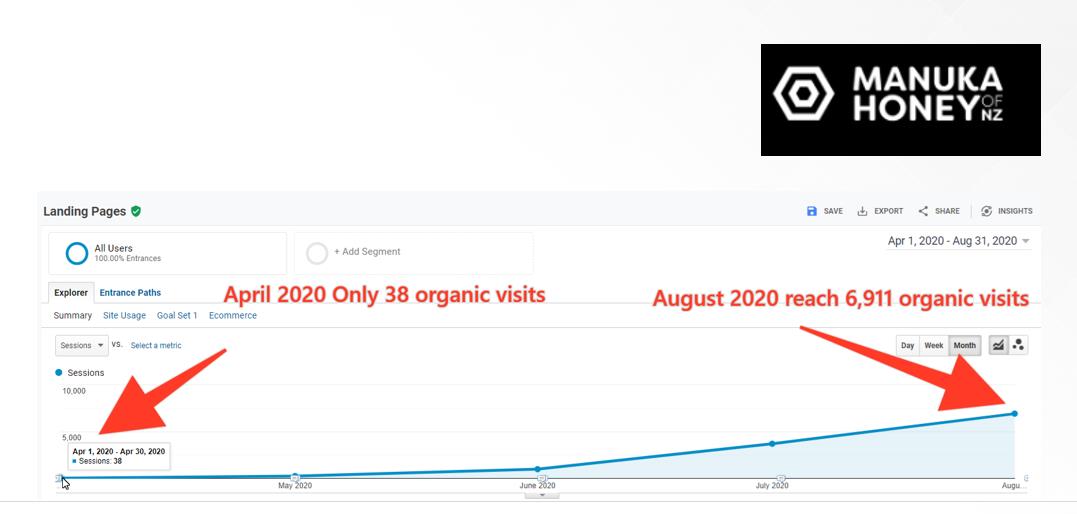
Why work with a team of native Arabs
IstiZada’s team of native Arabic-speaking SEOs use a deep understanding of the Arab Gulf markets to create compelling optimized Arabic content that drives sales from Arab decision-makers while remaining culturally appropriate.
Culturally sensitive and appropriate
Engaging and localized in Arabic
Targeted to Arab decision makers
Why IstiZada
- Proven SEO results with many clients
- 85% of our team are native Arabic speakers
- Focused on Arabic SEO since 2012
- Arabic focused agency – we only take on clients who come to us to reach Arabs
- Quick results focused
- Team of at least 4 Arabic SEO experts work on every website
Other Agencies
- Outsource their Arabic to others
- No Arab specialists on their team
- Use SEO tactics that could get your company in trouble
- Don’t get lasting results in Arabic
- Make costly Arab cultural mistakes that decrease sales
- Lack focus, so they don’t become true experts in Arabic
Parts of our Arabic SEO Process

Arabic Keyword Research
Once we have a good understanding of your company, industry, and target market, we jump right into our Arabic keyword research. This is a detailed process where we use a variety of online tools to determine which keywords are going to work the best for your Arabic search engine optimization campaign. Selection of the right keywords for your website can be the difference between a mediocre campaign and a great campaign, so we make sure we do our due diligence during this stage of the process. It is also important to note that this is not a one-time process that never gets repeated, but we regularly evaluate whether or not the current keywords are the correct ones to target.
Arabic Keyword Assignment and Mapping
Equally important as keyword research is selecting which pages we will use to target your keywords. Assigning keywords to the correct pages on a site can help us make sure the appropriate landing pages get the desired portion of the overall organic search traffic based on your product or service offer priority. In many cases we may recommend creating new pages to target keywords that don’t match with your existing pages.
We like to think that our keyword research and assignment processes are what set us apart from the competition. The time and strategy we put into these two elements of any Middle East SEO campaign set your company up to succeed.
Arabic Content Optimization
Creating and hosting well-written Arabic content on your website is key to gaining valuable rankings in search engines. IstiZada, as an Arabic SEO agency, uses specialized Arabic content writers to create unique and engaging content that will not only please the search engines but also your site visitors. We’ve hired hundreds of Arabic writers over the past 10 years, which has helped us refine our content process to produce superior content that is more likely to rank. Once the keyword assignment is complete, we begin to create content around your target keywords. All of our campaigns have ongoing content creation as part of each month’s strategy.
SEO Audit Code Optimization
With a clear understanding of your company and your keywords assigned to the correct pages on the site, we are ready to start auditing the code of your website to see what improvements need to be made. We begin with the most important optimization elements and work our way to periphery elements giving us the opportunity to push live the optimization elements that are going to have the biggest impact on your SEO earlier. Once this phase is complete, we move on to the link-related activities and ongoing content creation.
Arabic Link Building
Once our link research is complete, we move into the active work of building community with the individuals and companies online that are interested in your products and/or services. As we build these relationships and provide this audience with valuable content, we give them innovative ways for them to link to you. As the campaign progresses, you should see your natural regional link profile increase.
Reporting & Regular Updates
A website’s position in the search results can vary significantly depending on the location of the person using Google. Depending on which countries you are targeting in the Arab world we can provide country-specific keyword ranking reports so you have the best understanding of how your rankings are improving in the countries that matter to you. We can also provide you with traffic and conversion reports that break down how specific Middle Eastern countries are performing compared to others.
Testimonials

0 / 5.0 on
Reviews
What clients are saying about IstiZada
"We came to IstiZada looking for help attracting more Arab students to one of our architecture universities. Our initial goal was to attract about 100 student leads at our targeted cost per lead over the 3 month campaign. IstiZada used both Facebook and PPC ads to drive Arab students to targeted landing pages in both Arabic and English. IstiZada exceeded our initial goals and drove more than 2700 Arab student leads at a cost per lead that was a small fraction of our original target cost."

Damiano Antonazzo
"After starting to get some Arab clients for our Drug and Alcohol Rehabilitation Center we decided to launch an Arabic website targeting Arabs across the Middle East. A few months after launching the website we came to IstiZada to help us increase our Arabic website traffic. IstiZada used both Arabic SEO and PPC to increase our traffic from the region. As a direct result of these campaigns we've seen monthly organic traffic increase by 740%. We now rank in the top positions on the first page of Google for many of our important Arabic keywords, and our average number of Arab clients each month has increased by more than 500%!"

Ben Moller
"Before we came to IstiZada for help we saw Arab markets as a great source of customers for our luxury chalet holidays in the Swiss and French Alps. Our challenge was we struggled to get consistent leads from wealthy Gulf Arab nations with our marketing efforts at the time. IstiZada helped us by using online marketing campaigns in Arabic & English targeted to Arabs to drive new leads. Now we have a steady stream traffic and new leads coming in from Gulf Markets."

Paul Schavemaker
FAQ
What if no one on my team speaks Arabic?
No worries, we’ve worked with many clients since 2012 that didn’t have any Arabic speakers on the team. In most industries we find that a majority of Arab clients have either speak English as well over have a friend or family member that speaks English that can help them.
Do I need to build a separate website for Arabic SEO?
No, you don’t need a separate website. In most cases, we add an Arabic section to your existing site (like a subfolder or subdomain), which is more efficient for SEO and maintains brand consistency.
Is it possible to target more than one Arabic-speaking country with my website?
Yes, absolutely. We use geo-targeted keywords and content strategies tailored to each market, allowing you to reach multiple countries—like Saudi Arabia, UAE, and Egypt—without needing separate websites for each.
What Middle East regions do you focus on?
Our primary focus is on the Gulf Cooperation Council (GCC) countries—Saudi Arabia, UAE, Qatar, Kuwait, Bahrain, and Oman—where purchasing power and online engagement are highest. We also serve wider Arabic-speaking regions when needed.
How long does it take to see results from Arabic SEO?
Most clients start seeing movement in search rankings within 3 to 6 months, depending on the competition and the state of their site. SEO is a long-term investment, but Arabic markets often have less competition, so results can come faster than in English markets.
What dialect of Arabic do you use?
We primarily use Modern Standard Arabic (MSA), which is widely understood across the Arab world. When targeting specific countries, we can also incorporate local dialects into content where appropriate to improve engagement and relatability.
Who will be managing my project?
Your project will be handled by a dedicated Arabic SEO specialist, supported by a team of native Arabic writers and experienced strategists. We ensure close communication and regular updates throughout the campaign.
Get Started Today
Arabic SEO’s reach in the Middle East makes it a powerful tool for your business. Contact IstiZada to start your Arabic SEO campaign today:
Jordan Boshers
Jordan Boshers is the Chief Digital Strategist at IstiZada, a digital agency that helps companies market to Arabs. He has 12+ years of experience running successful digital marketing campaigns in the Arab world. His insights into Arabic SEO helped him grow previously unknown websites to dominate Arabic niches on Google including growing one site from 0 to more than 2.5 million users monthly. Jordan has consulted for hundreds of companies including helping corporations like Amazon, Berlitz, and Exxon Mobil with their Arabic digital marketing. Learn more here or on LinkedIn.
View all posts by Jordan Boshers